Despite being a vociferous advocate of all things non food, Asda intends to steer clear of larger electrical goods, sticking to a few smaller items like toasters and kettles.
"Our philosophy is to stock items which are part of someone's weekly shop, and these types of products aren't," says Tony de Nunzio, Asda's commercial director.
Safeway has a similar view, particularly of brown goods by which is meant small scale electrical equipment and similar items.
"Items for electrical goods like bulbs and batteries have always been in supermarkets, but brown goods are different," says Lesley Hart, business unit director for non food two at Safeway. "Most retailers don't sell them because the rationale behind non food is consumability what people use on a regular basis. We'd sell the coffee filter but not the coffee machine, the video cassette but not the recorder."
Asda claims to have pioneered non food sales in the grocery sector, having based its stores on the French hypermarket concept. Further support for the sector came in 1989 with the launch of its George clothing range.
Says de Nunzio: "Asda stores are 50% larger than our competitors' stores, with our average shop being 40,000 45,000 sq ft. A third of that space is dedicated to non food.
"While we always had non food in our stores, a lot of our competitors have managed to reduce their space requirement for food and increase their non food offers."
Asda splits non food into two sub-sectors firstly its George clothing range, and secondly home and leisure items such as music and video, news and magazines, greetings cards, gardening products, toys, housewares and crockery, along with consumables like light bulbs and batteries.
"One of the things we've tried to do is introduce departments in home and leisure to compete directly with the high street retailers, like WH Smith, for example.
"The idea is to create a shop within a shop it's a different treatment of the department in terms of display, graphics and PoS material.
"We often have a member of staff directly serving customers at counters within each section."
Safeway devotes around 20% of its floorspace to non food, says Hart, who is responsible for everything non food except health and beauty products and housewares.
"These sectors have been around for ever, but areas like greetings cards, stationery, home entertainment and clothing are more recent."
Non food has changed dramatically in the last two to three years, she adds."We weren't that serious about it before then we did things but not with much conviction. However, we had to get into some of these markets to compete. It's about giving consumers what they expect to find in a supermarket. Asda and Tesco have always done a lot with non food. If consumers see all these areas represented in other supermarkets they expect to see the same in Safeway."
She says core non food growth has come from newer areas like entertainment, books, newspapers and magazines.
De Nunzio tells a similar story for Asda.
"We have been giving more space to clothing because we've found as the quality and brand strength of the range grows, it's very expandable. However, newspapers, magazines and cards are areas where we are still testing the frontiers of how far we can go. Gardening, houseplants and flowers are other areas with huge growth potential, along with towels and other textiles."
Both Tesco and Safeway have given further prominence to non food recently with the activity surrounding cut-price designer clothes. Hart reckons that a greater emphasis on promotions is what is needed to drive non food further.
"If you look far off into the future, if people all start ordering their groceries from home and having them delivered, our supermarkets could become full of non food, because these are the areas that most people still want to browse, particularly clothing and toys.
"However, that is an extreme.
"There will continue to be an increasing diversity of goods, better display and more space devoted to them," says Hart. "We can see that happening now."{{FOCUS SPECIALS }}
Close menu
- Home
- Retail & Wholesale
-
Products & Suppliers
- Back to parent navigation item
- Products & Suppliers
-
Product Categories:
- Back to parent navigation item
- Product Categories:
- Alcoholic drinks
- Bakery
- Cereals & breakfast
- Cheese
- Chicken & poultry
- Chocolate
- Confectionery
- Crisps, nuts & snacks
- Dairy
- Fish
- Fresh produce
- Frozen
- Household
- Meat
- Own Label
- Sauces & condiments
- Seasonal
- Soft drinks
- Vaping
- Vegan & plant-based
- World foods
- Suppliers
- People
- Reports & Data
-
Topics A-Z
- Back to parent navigation item
- Topics A-Z
-
Popular topics:
- Back to parent navigation item
- Popular topics:
- Cost of living crisis
- Crime
- Deposit Return Schemes
- Finance
- Government & Regulation
- Health
- Inflation
- Loyalty
- Marketing
- Mergers & Acquisitions
- New Product Development
- Sourcing
- Supply chain
- Sustainability & environment
- Technology
- Ultra Processed Foods
- Vaping
- A-Z all topics
- Content by type:
- Events
- Subscribe now
Sign in to comment on this article
Not logged in before? Register for FREE guest access today.
You will be able to:
- Read more stories
- Receive daily newsletters
- Comment on stories
Advert









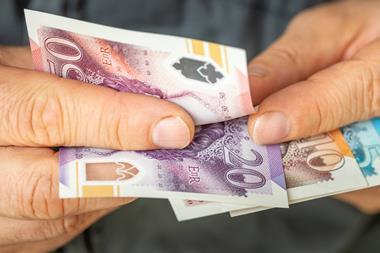
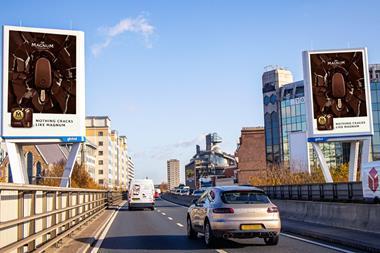
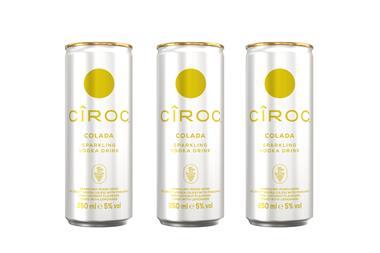
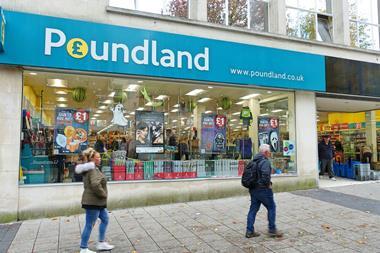

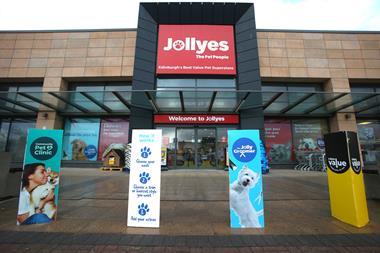
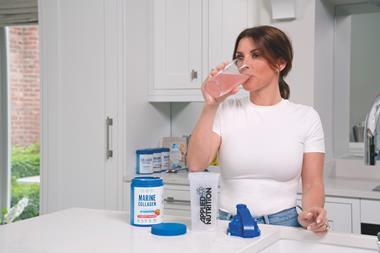
No comments yet